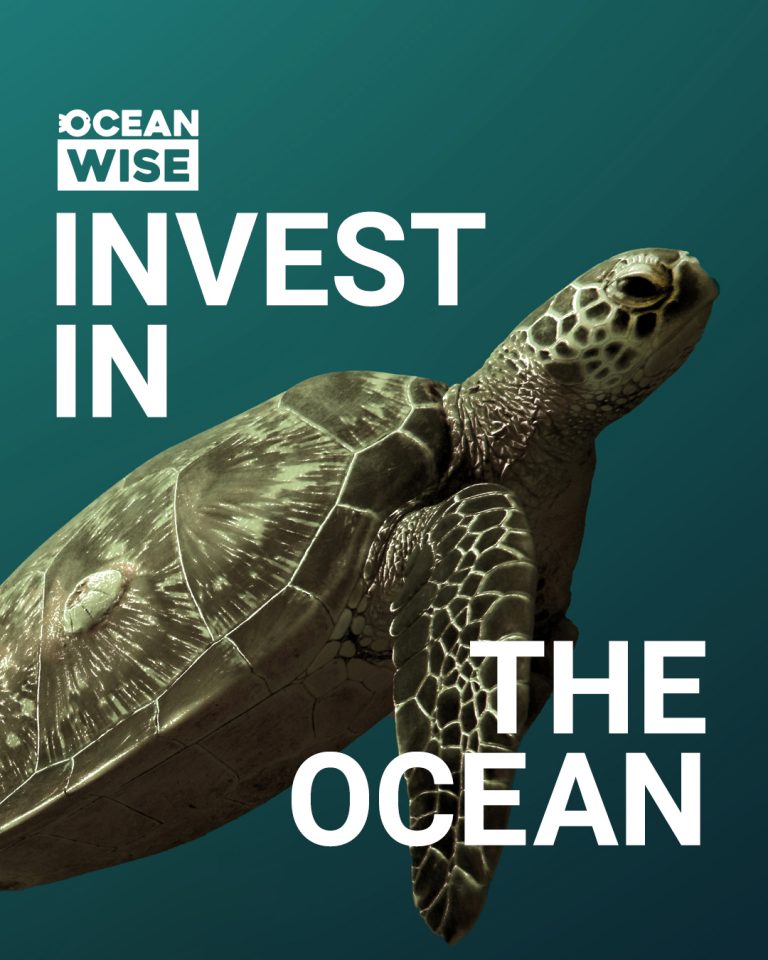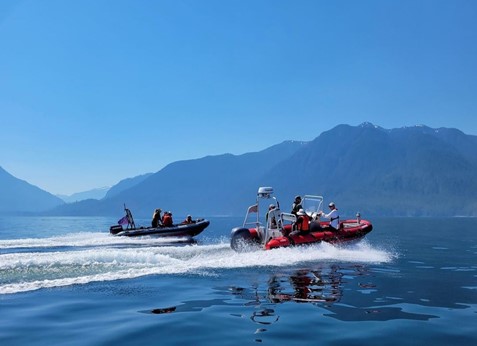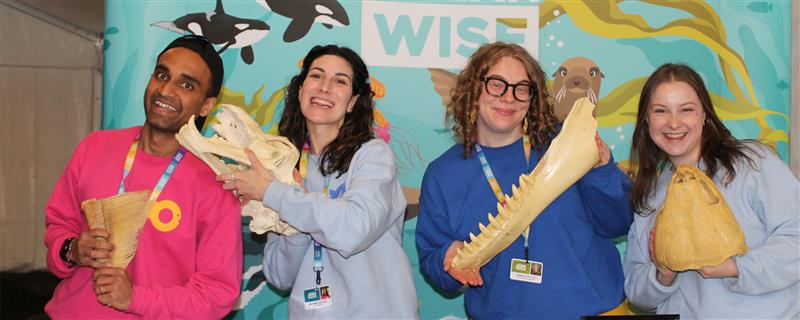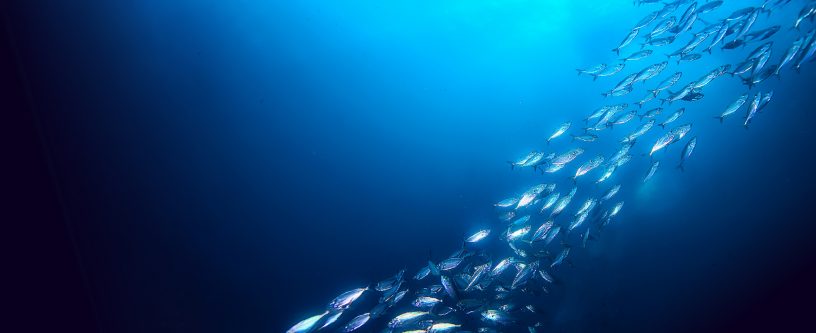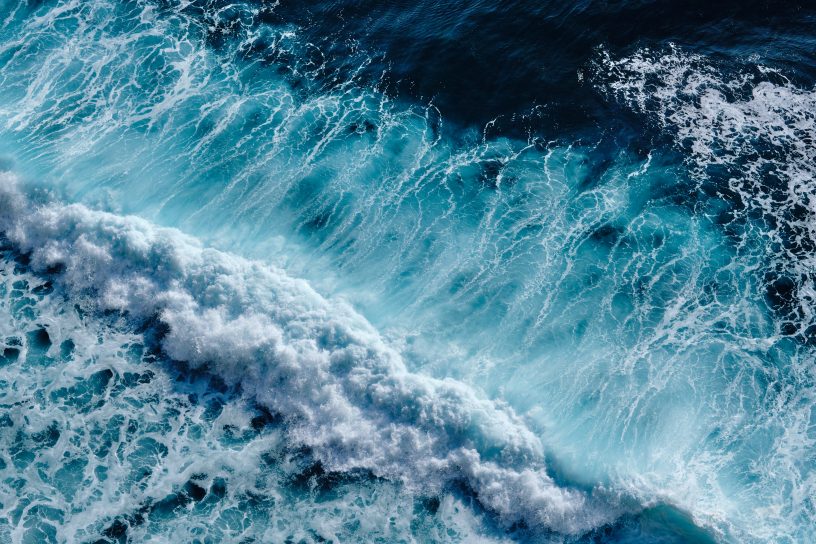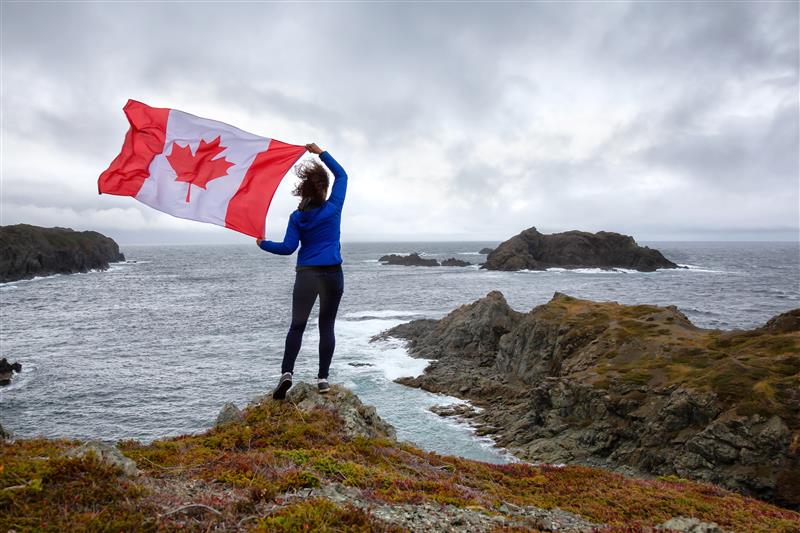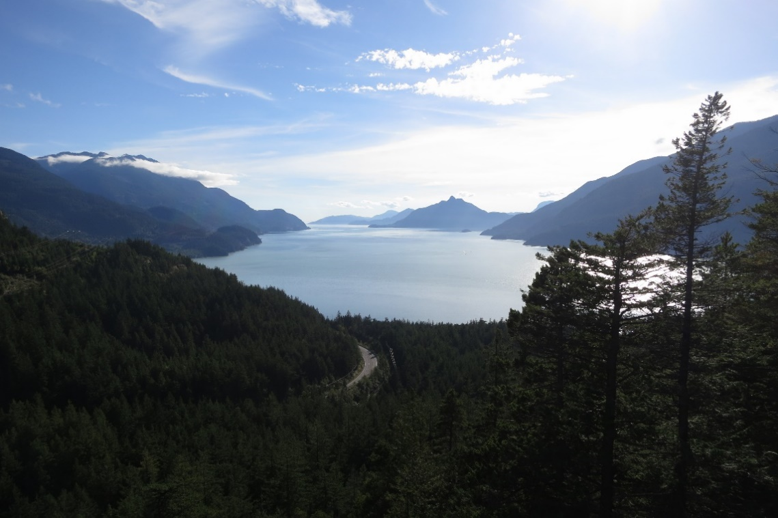
Eye on the Sound – above and below waters in Átl’ḵa7tsem / Txwnéwu7ts / Howe Sound
By Jen Chapman, Amber Dearden, Aroha Miller – Ocean Watch
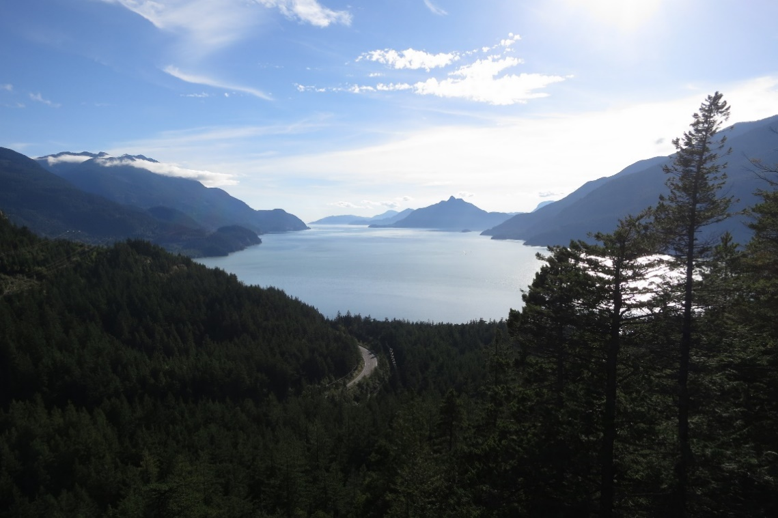
Átl’ḵa7tsem/Txwnéwu7ts/Howe Sound is the picturesque fjord along the Sea to Sky highway between Vancouver and Whistler, within the unceded territory of Sḵwx̱wú7mesh Úxwumixw/Squamish Nation. While many are familiar with the scenery surrounding the Sound’s waters, fewer are familiar with the diverse array of life under the surface of these waters. However, this life is interconnected to everything above the waves.
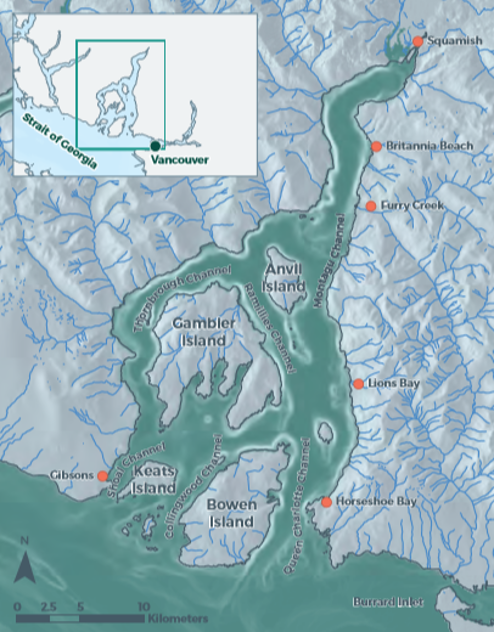
All of the animals in the Sound are dependent on the marine food web. It connects animals that we often fail to see, such as shrimp and fish, with the large, iconic species such as dolphins, whales and eagles that attract visitors and inspire residents. Communities are also connected to this food web through seafood and sport fishing, cultural and spiritual traditions, recreation and stewardship.
Healthy marine habitats in the Sound are important for both the species living in the waters and the communities who call the area home. Historically, contaminants were released from industry such as the Britannia Mine and paper mills, which caused severe impacts on the marine life. Certain fisheries, (e.g., shrimp, prawn and crab) were closed because of the potential human health risks related to eating these animals because of the contaminants they contained. Today, recreational crab fishing still has restrictions applied due to these contaminants, while commercial shrimp and prawn fisheries are open seasonally depending on population size.
In more recent decades, some industrial production has ceased, such as the Britannia Mine, while other industries have changed their practices to reduce and manage contamination running into the water, leading to an overall improvement in the health of affected habitats and species. The result – a return of marine animals in the Sound, ranging from lower food chain animals such as forage fish (e.g., herring) right through to cetaceans. Economic and cultural wins have also been made with the reopening of shrimp and prawn fisheries.
The 2017 Ocean Watch Howe Sound Edition captured the connectedness and recovery of this area in a number of short, easy-to-read articles. From salmon to cetaceans, large vessel traffic to outdoor learning, more than 30 articles grouped under seven themes addressed the health of the marine environment in Átl’ḵa7tsem/Txwnéwu7ts/Howe Sound.
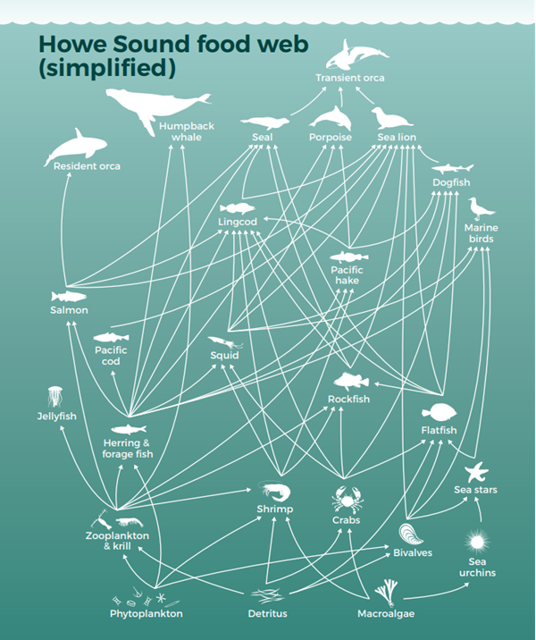
The report empowered communities by providing knowledge and concrete actions for individuals, organizations and government. It also assigned easy-to-understand health ratings to each article.
The release of the first report helped to consolidate momentum between communities in the Sound that were already working to improve the health of the marine environment. For example, an Ocean Watch Task Force was created to guide actions taken at the local government level. The Howe Sound/Atl’ka7tsem Marine Reference guide project was started, as recommended in the 2017 report, and the list goes on.
Today, we are eagerly awaiting the release of the update to this report: Ocean Watch Átl’ḵa7tsem/Txwnéwu7ts/Howe Sound Edition 2020. This report is due late summer 2020 and will provide insight on how the Sound’s marine health has progressed since the first report was released.
The 2020 report highlights the extensive participation communities throughout the Sound have taken in addressing recommended conservation actions from the 2017 report. Continued momentum is needed, especially considering the pervasiveness of climate change impacts on these ecosystems and communities.

Learning about garbage in the marine environment. (Credit: Ocean Wise)
Each 2020 article highlights potential threats from climate change. In addition, six new articles have been added to the report: an introduction to climate change specific to this region; how to move your community towards zero-carbon emissions to reduce greenhouse gases; ocean acidification; pinnipeds (which includes seals and sea lions locally); plastics; and PollutionTracker: monitoring contaminants in the Sound. The report also includes updated actions that can be taken to continue to improve the health of the marine environment in the Sound.
To see the 2017 Ocean Watch Átl’ḵa7tsem/Txwnéwu7ts/Howe Sound content, and watch for the 2020 release, please visit: https://oceanwatch.ca/howesound/.
To find out more about how your community can get involved with Ocean Watch contact: [email protected].
Posted May 4, 2020 by Ocean Wise

